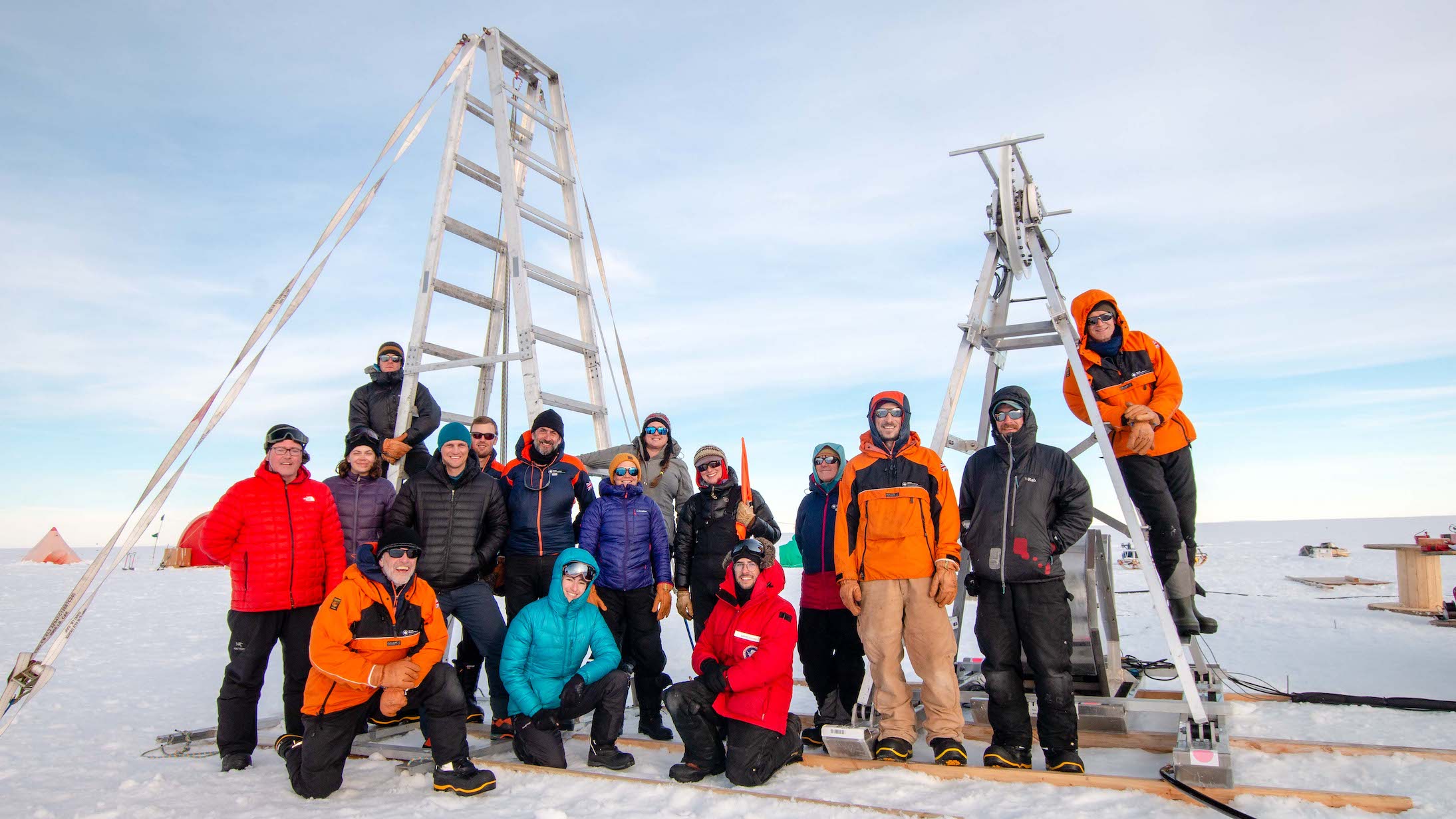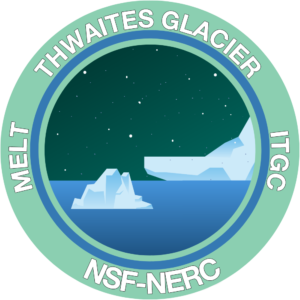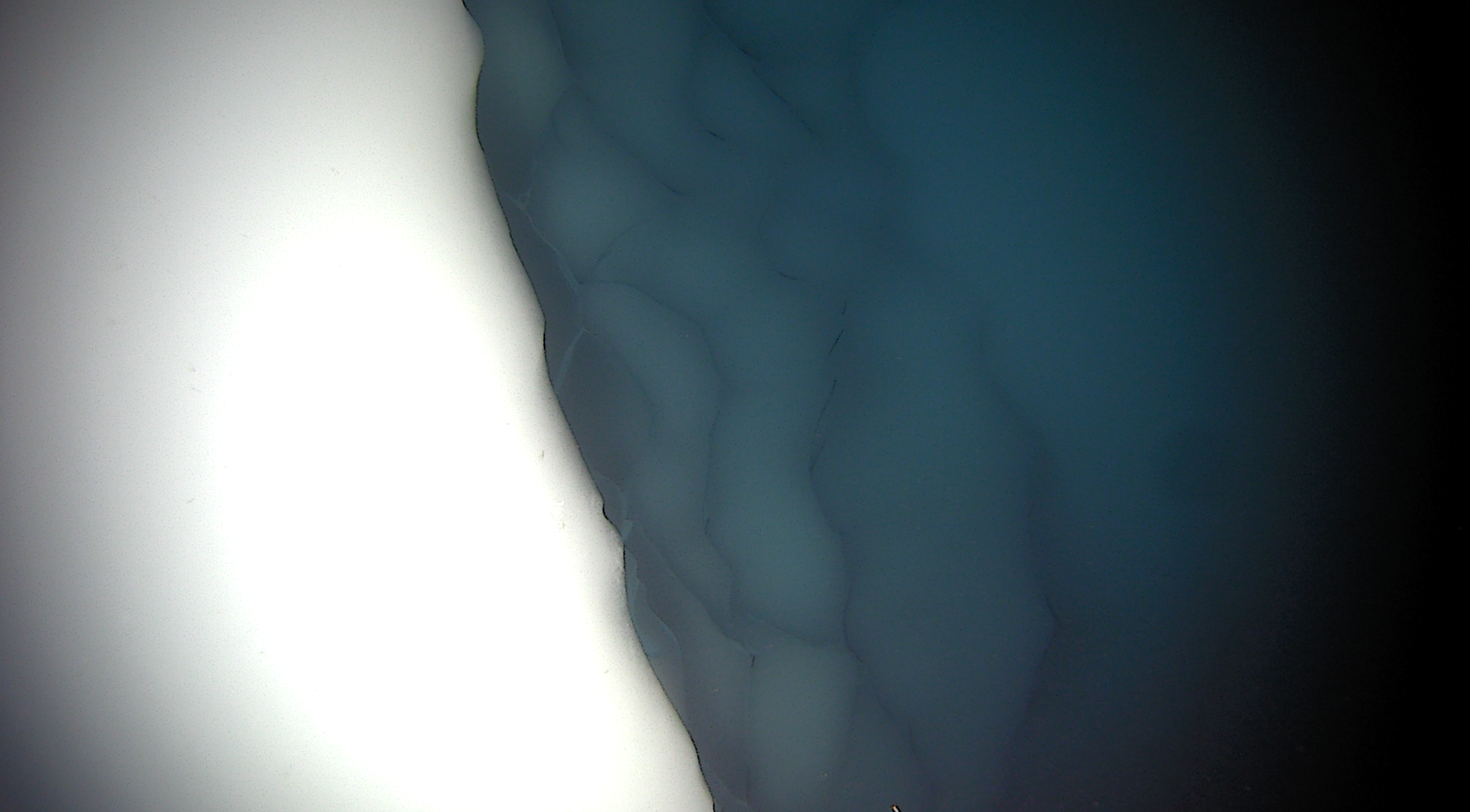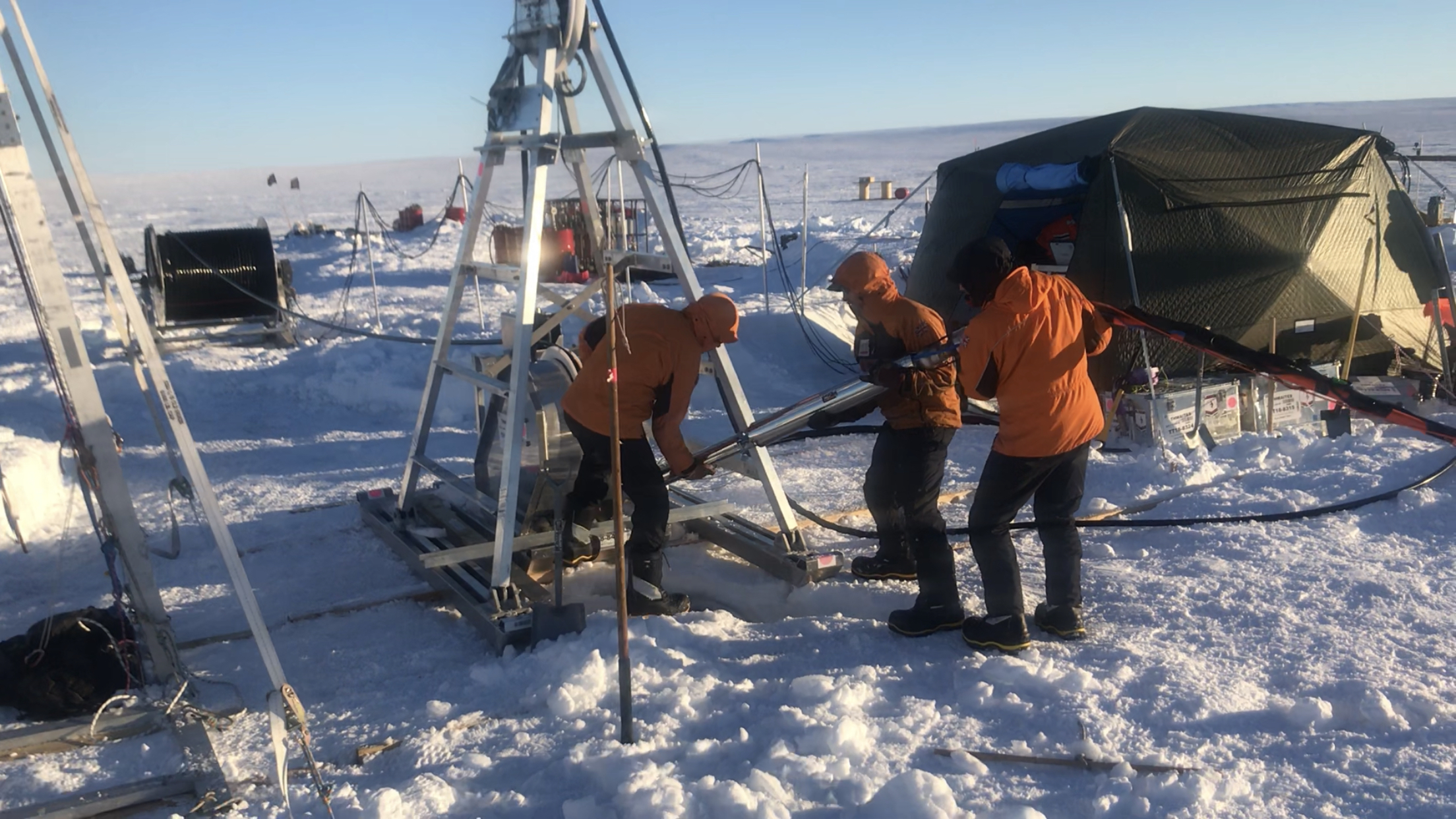MELT
MELT, “Melting at Thwaites grounding zone and its control on sea level“, is an interdisciplinary collaborative project between five universities and the British Antarctic Survey (BAS) that aims to use autonomous sensors, vehicles (including Icefin), radar, and moorings to monitor the Thwaites ice shelf and grounding line.




